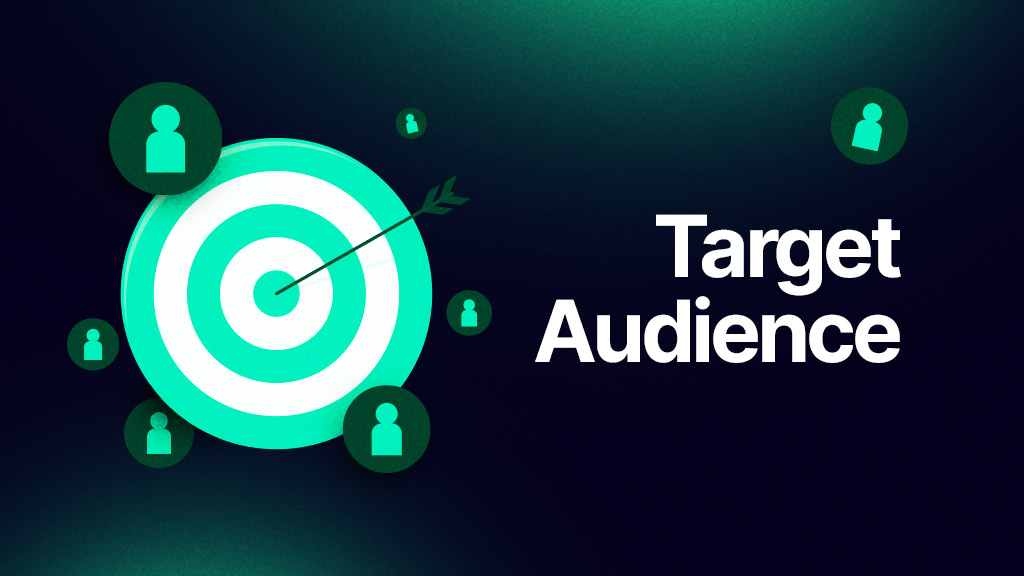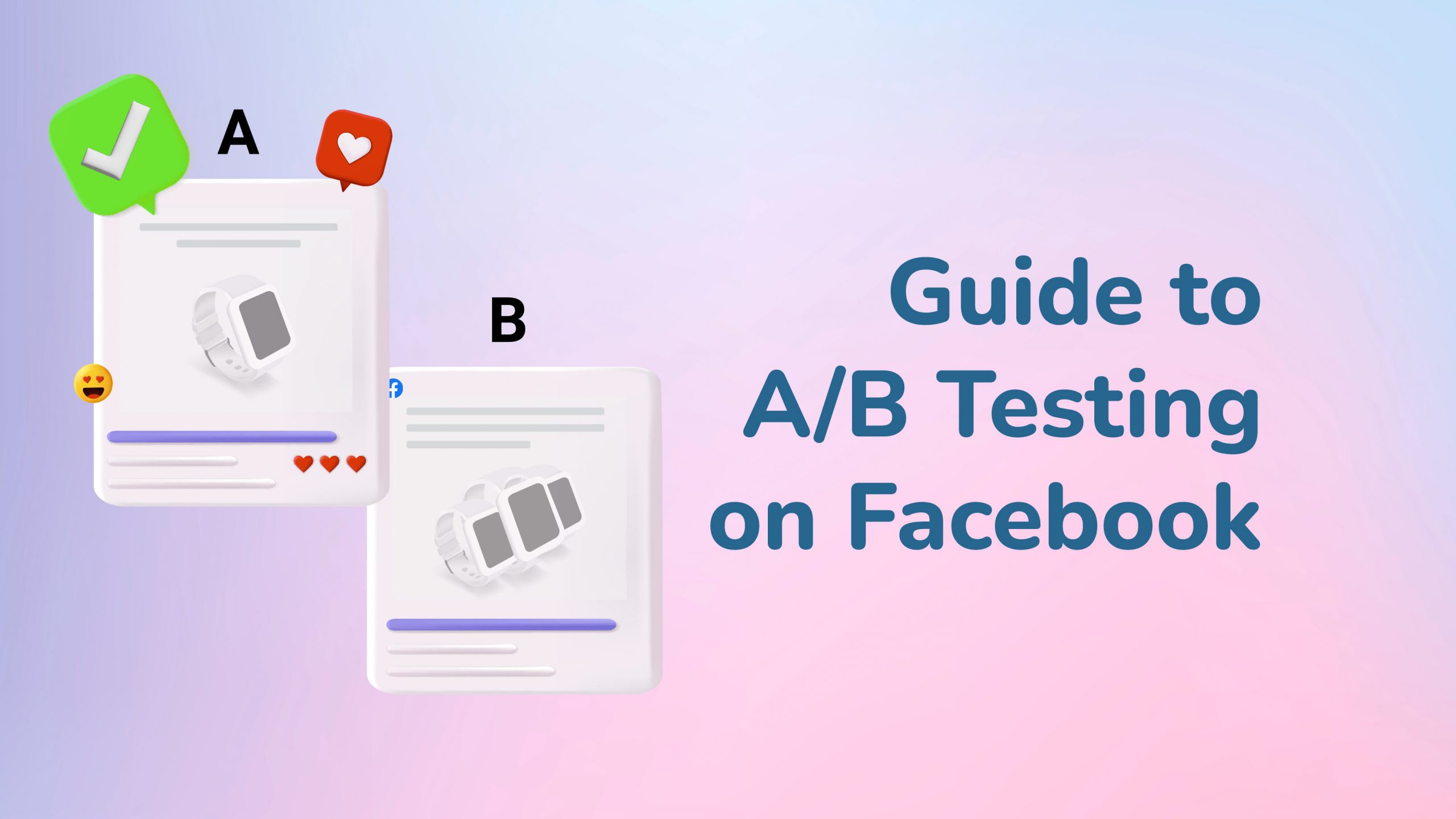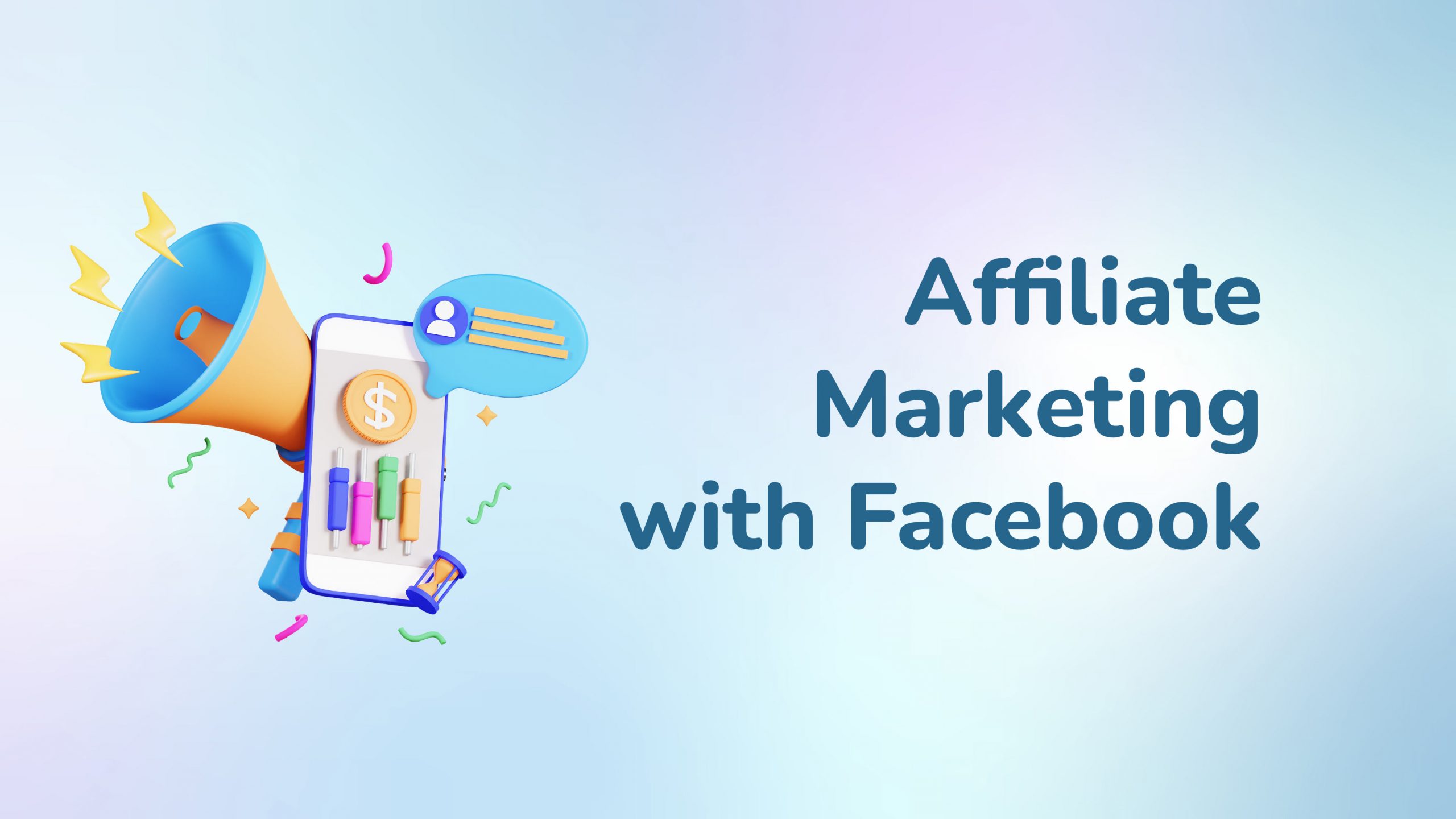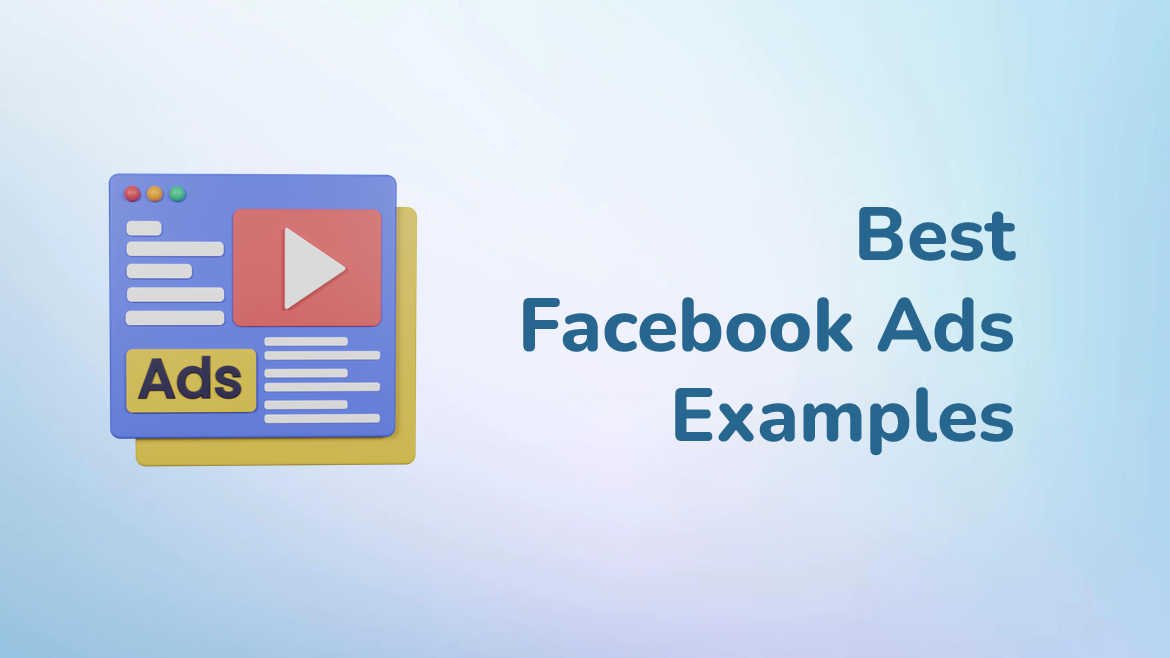How to Find Your Target Audience?

Table of Contents
- What is a Target Audience?
- Types of Target Audiences
- Finding Your Target Audience in 7 Steps
- Examples of Target Audiences
- Target Market Vs. Target Audience
- The Benefits of Knowing Your Target Audience
Understanding your target audience is important for navigating toward success. Whether you’re launching a new product, refining your marketing strategy, or simply seeking to connect more deeply with your customers, identifying and understanding your target audience is essential.
Ever felt like you’re shouting into the darkness with your marketing messages? That’s because you might not be reaching the right people. Luckily, there’s a way to ensure your message resonates with those who truly matter: defining your target audience.
In this blog post, we’ll look at the challenges of identifying and understanding your target audience, exploring target audience meaning, the various types, how to find them, and why it’s so essential.
What is a Target Audience?
Before diving into the details of finding your target audience, let’s first understand the target audience definition. Essentially, your target audience refers to the specific group of individuals or demographics that your products or services are aimed at. This group typically shares common characteristics, interests, behaviors, or needs that align with what your business offers.
Imagine you’re hosting a party. You wouldn’t send out invitations to everyone in the phone book, right? You’d target your invitations to the specific group of people you think would enjoy the atmosphere, music, and food.
Your target audience is like that guest list for your marketing efforts. It’s the defined group of people most likely to be interested in what you have to offer. This group is identified by a combination of factors that go beyond just demographics like age and location. It also considers psychographics, which dive into people’s interests, values, lifestyles, and even online behaviors.
Understanding your target audience allows you to tailor your marketing efforts, messaging, and product development to effectively connect with these individuals.
Types of Target Audiences
Target audiences can differ significantly depending on the nature of your business, industry, and offerings. Understanding the diversity within your target audience is key to creating effective marketing strategies. Here are some common target audience types:
Demographics
Target audience demographics refer to quantifiable characteristics such as age, gender, income, education, occupation, and marital status. This information provides a basic understanding of who your audience is and can help create targeted marketing campaigns that resonate with specific segments of your audience.
Psychographics
Psychographics dive into the psychological aspects of your audience, providing deeper insights into their values, attitudes, lifestyles, and motivations. This deeper insight enables you to create more personalized and emotionally engaging marketing campaigns that speak directly to the values, attitudes, and lifestyles of their target audience.
Habits & Behaviors
Understanding the habits and behaviors of your target audience provides valuable insights into their actions, preferences, and decision-making processes. This includes purchasing intent, brand interactions, media consumption habits, and usage patterns.
By analyzing habits and behaviors, businesses can optimize campaigns and develop targeted product offerings that connect with their audience’s preferences and align with their usage patterns.
Interests
Interests reflect what captivates and engages your audience. Whether it’s hobbies, passions, or specific topics, knowing what interests your audience can inform content creation and product development strategies.
By understanding what captivates and engages them, businesses can create content, products, and experiences that resonate on a deeper level. Also, they can create attractive content and experiences that connect with their passions, driving engagement and loyalty.
Geographics
Geographics refers to the geographic locations of your audience, including regions, cities, countries, and even neighborhoods. They provide insights into their regional preferences, behaviors, and needs. By considering geographics, businesses can effectively reach and engage with their target audience on a local, regional, and global scale, ensuring relevance and resonance in diverse markets.
By categorizing your target audience into these distinct types, you can gain a comprehensive understanding of who they are and how best to engage with them.
Finding Your Target Audience in 7 Steps

Identifying and understanding your target audience is a strategic process that requires careful analysis and consideration. Here’s a structured approach to finding your target audience:
1. Market Research
Market research is the compass guiding businesses through the marketplace’s complexities. Market research is the foundation of any successful business strategy. It involves gathering and analyzing data about the industry, market trends, consumer behavior, and competitive landscape.
It helps you understand the needs, preferences, and pain points of your target audience, as well as the opportunities and challenges within your market. By conducting comprehensive market research, you can identify market gaps, assess demand for your products or services, and make informed decisions about your business strategy.
2. Analyze Competitors
Competitor analysis is essential for understanding your competitive landscape and identifying opportunities for differentiation. By studying your competitors, you can gain insights into their target audience, messaging strategies, product offerings, pricing strategies, and marketing tactics.
Analyzing your competitors’ strengths and weaknesses allows you to position your brand more effectively and capitalize on areas where your competitors may be falling short. Additionally, competitor analysis helps you identify emerging trends and market opportunities that you can leverage to gain a competitive advantage.
3. Create Personas
Buyer personas are fictional representations of your ideal customers, based on real data and insights about your target audience. Creating detailed personas allows you to humanize your target audience and gain a deeper understanding of their needs, preferences, and pain points.
Personas typically include demographic information (such as age, gender, income, and occupation), psychographic traits (such as interests, values, attitudes, and lifestyle), as well as specific goals, challenges, and motivations.
By developing personas, you can tailor your marketing messages, product offerings, and customer experiences to resonate with different segments of your target audience.
4. Define Your Ideal Customer
Building on the insights gained from creating personas, defining your ideal customer involves refining and clarifying the specific characteristics and segmenting your target audience you want to target.
This involves identifying the most valuable and profitable customer segments for your business and creating a clear and concise description of who they are. Defining your ideal customer helps focus your marketing efforts and resources on the audience segments that are most likely to drive business growth and success.
5. Use Analytics Tools
Analytics tools and platforms provide valuable data and insights about your audience’s behavior, preferences, and interactions with your brand. By using analytics tools, you can track and measure various metrics, such as website traffic, engagement rates, conversion rates, and customer demographics.
Analyzing these metrics helps you understand how your audience is interacting with your brand online, identify areas for improvement, and optimize your marketing strategies for better results. Additionally, analytics tools enable you to track the effectiveness of your marketing campaigns, measure ROI, and make data-driven decisions to drive business growth.
6. Engage in Social Listening
Social listening involves monitoring social media channels, online forums, review platforms, and other digital channels to listen to conversations, sentiments, and trends related to your brand, industry, and target audience on social media.
By actively listening to what your audience is saying online, you can gain valuable insights into their preferences, opinions, and behaviors. Social listening helps you identify emerging trends, monitor brand sentiment, and identify opportunities for engagement or intervention.
Additionally, social listening allows you to identify and address customer concerns, respond to feedback, and build stronger relationships with your audience.
7. Analyze Existing Customers
Your existing customer base is a valuable source of insights into your target audience. By analyzing customer data, transaction history, feedback, and interactions, you can gain a deeper understanding of who your most valuable customers are and why they choose your products or services.
Analyzing existing customers helps you identify common characteristics, purchasing behaviors, and engagement patterns among your audience segments. This information can inform your marketing strategies, product development efforts, and customer retention initiatives, allowing you to better meet the needs and preferences of your target audience.
By following these steps to determine your target audience, you can systematically identify, understand, and connect with your target audience, enabling you to tailor your marketing strategies and offerings for maximum impact and effectiveness.
Examples of Target Audiences

Illustrating the diversity of target audiences provides insights into how businesses tailor their strategies to different demographics, interests, and needs. Here are some target audience examples:
Millennials Interested in Sustainable Living
Targeting environmentally conscious millennials who prioritize sustainability in their lifestyle choices. This audience segment values eco-friendly products, ethical practices, and corporate social responsibility initiatives. Businesses targeting this audience emphasize sustainability in product design, packaging, and marketing messages.
Tech-Savvy Gamers
Targeting avid gamers who are passionate about technology and gaming culture. This target audience segment seeks cutting-edge gaming hardware, immersive experiences, and community engagement opportunities. Businesses targeting gamers focus on high-performance gaming PCs, consoles, virtual reality devices, and esports events.
Health-Conscious Fitness Enthusiasts
Targeting health-conscious individuals who prioritize physical fitness and wellness. This target audience segment seeks products and services that support their active lifestyle, such as gym memberships, fitness trackers, healthy food options, and nutritional supplements. Businesses that serve fitness enthusiasts emphasize quality, performance, and personalization.
Small Business Owners
Targeting entrepreneurs and small business owners seeking tools and resources to grow their ventures. This target audience segment values efficiency, affordability, and scalability in business solutions. Businesses targeting small business owners offer software-as-a-service (SaaS) platforms, productivity tools, marketing services, and financial solutions tailored to their needs.
Luxury Travelers
Targeting affluent travelers looking for exclusive and personalized travel experiences. This target audience segment values luxury accommodations, personalized itineraries, and VIP services. Businesses in the luxury travel industry offers discerning travelers with high-end hotels, private jet charters, luxury cruises, and curated travel experiences.
By understanding the unique characteristics and preferences of these target audiences, businesses can make better target audience analysis and tailor their products, services, and marketing strategies to effectively engage and connect with their customers.
Target Market Vs. Target Audience
Understanding the difference between target market and target audience is important for creating effective marketing strategies that connect with customers. While these terms are interconnected, they represent different dimensions of a business’s customer base.
The target market includes the broader group of consumers or businesses that a company aims to serve with its products or services. It represents the entire potential customer base that could benefit from what the business offers.
Target market analysis involves identifying market segments with similar needs, characteristics, or behaviors that the business can target with its marketing efforts.
In contrast, the target audience refers to a specific group of the target market that the business specifically focuses on when creating its marketing messages and strategies. This group shares common characteristics, interests, or demographics that make them particularly receptive to the business’s offerings.
Targeting a specific audience allows businesses to personalize their marketing efforts to resonate with the unique needs and preferences of that audience segment.
The key differences between target market and target audience lie in their scope, focus, and level of personalization. While the target market includes all potential customers, the target audience represents a specific segment within that market.
Target market analysis informs overall business strategy, identifying market segments for targeting, whereas target audience allows businesses to tailor marketing messages and campaigns for maximum impact.
By distinguishing between target market and target audience, businesses can better focus their marketing efforts and resources to reach the right customers with the right messages, eventually driving engagement, conversion, and loyalty.
The Benefits of Knowing Your Target Audience

Understanding your target audience is like having a secret weapon in your marketing armory. It enables businesses to customize their strategies, messages, and offerings to meet the specific needs and preferences of their customers. Here are some key benefits:
1. Competitive Advantage
Knowing your target audience provides a strategic edge in a competitive marketplace. By understanding the unique needs, preferences, and behaviors of your audience, you can differentiate your brand and offerings from competitors.
Tailoring your products, services, and marketing messages to make it engaging with your target audience creates an attractive value proposition that sets you apart in the eyes of consumers.
This deeper connection builds brand loyalty and preference, giving you an edge over competitors and solidifying your position in the market. Using this understanding of your audience allows you to create a distinct and sustainable competitive advantage that drives business success.
2. Increased ROI
When you know your target audience well, every marketing dollar you spend becomes more effective. By targeting your efforts toward the specific demographics, interests, and behaviors of your audience, you minimize wastage and maximize returns on investment (ROI).
Rather than casting a wide net and hoping for the best, you can direct your resources towards the people most likely to engage with your brand and convert into customers.
This targeted approach not only increases conversion rates but also reduces acquisition costs, leading to a higher ROI for your marketing campaigns. Basically, knowing your target audience allows you to make smarter, more strategic decisions that deliver concrete results for your business.
3. Improved Customer Engagement
Understanding your target audience enables you to build deeper connections and stronger relationships with your customers. By customizing your communication and experiences to connect with their preferences, interests, and needs, you create meaningful interactions that resonate on a personal level.
This personalized approach increases customer engagement by grabbing their attention and sparking their interest in your brand. Moreover, when customers feel understood and valued, they are more likely to interact with your brand across various touchpoints, from social media to customer support channels.
This increased engagement not only drives loyalty and repeat business but also leads to valuable word-of-mouth referrals and positive reviews, further expanding your brand’s reach and impact.
By prioritizing customer engagement and satisfaction through a deep understanding of your target audience, you can create a loyal and enthusiastic customer base that fuels long-term success for your business.
4. More Effective Marketing
Knowing your target audience allows you to create campaigns that hit the mark every time, engaging with your audience on a deeper level. By understanding their preferences, pain points, and motivations, you can tailor your messaging and channels to speak directly to them, capturing their attention and driving action.
This targeted approach ensures that your marketing efforts are not only seen but also remembered, leading to higher engagement and conversion rates. Moreover, by continuously refining your strategies based on audience feedback and data insights, you can optimize your marketing efforts for maximum impact and efficiency.
In summary, knowing your target audience enables you to cut through the noise and deliver messages that truly resonate, resulting in more effective marketing campaigns and better outcomes for your business.
5. Adaptability to Market Changes
In a constantly evolving marketplace, knowing your target audience is the key to staying ahead of the curve. By understanding their shifting preferences, behaviors, and needs, you can adapt your strategies and offerings to meet changing market dynamics.
This agility allows you to capitalize on emerging trends, seize new opportunities, and navigate challenges with confidence. Moreover, by maintaining a pulse on your audience through ongoing research and feedback mechanisms, you can proactively anticipate market changes and pivot your approach accordingly.
This adaptability not only ensures your relevance and competitiveness but also positions your business for long-term growth and success in a dynamic and ever-changing landscape.
In conclusion, knowing your target audience is essential for success in today’s competitive marketplace. It enables businesses to create more effective marketing campaigns, develop products and services that resonate with customers, reach your target audience at the right time and build stronger relationships that drive long-term growth and profitability.

How to Identify a Target Audience?
Identifying a target audience involves researching industry trends, collecting customer feedback, and analyzing demographic data to understand who is most likely to be interested in your offerings. By creating detailed buyer personas and continuously refining them based on feedback and market changes, businesses can tailor their strategies to effectively reach and engage their ideal customers, driving success in the marketplace.
Why Finding Your Target Audience Matters?
Finding your target audience is important for the success of your business as it enables you to tailor your marketing efforts and product offerings to meet the specific needs and preferences of your most valuable customers. By understanding your audience’s interests and behaviors, you can create more effective marketing campaigns that connect with them, optimize your resources, and gain a competitive advantage in the marketplace.



